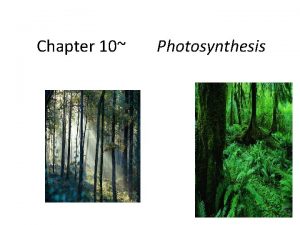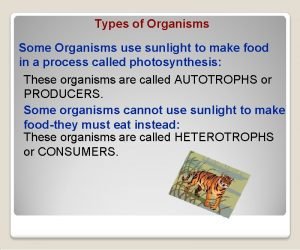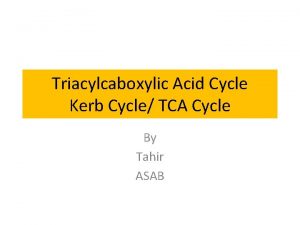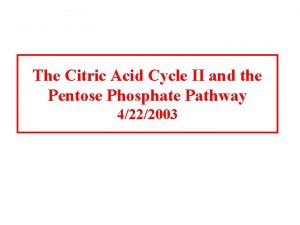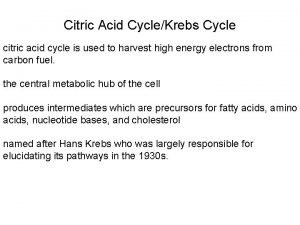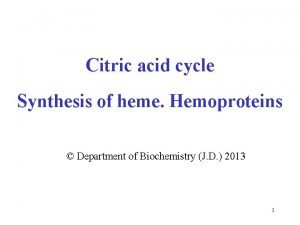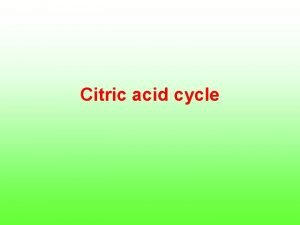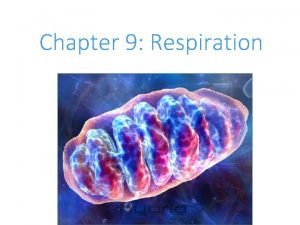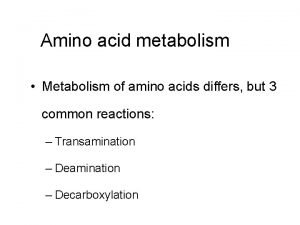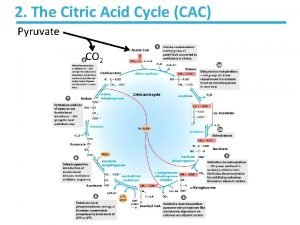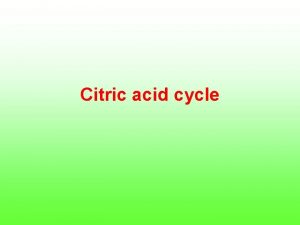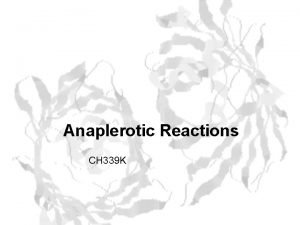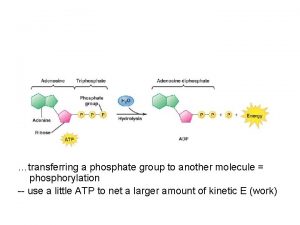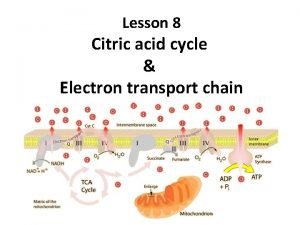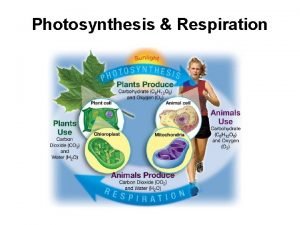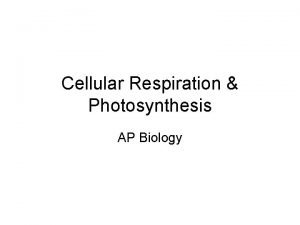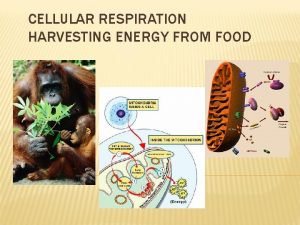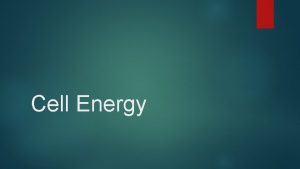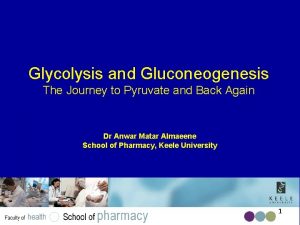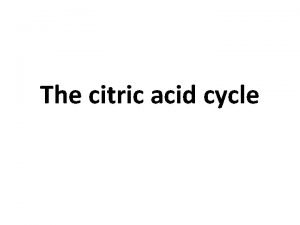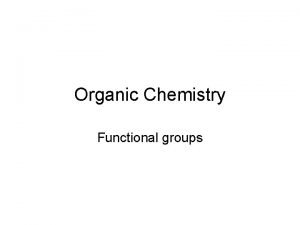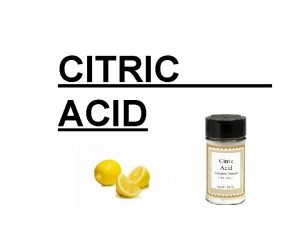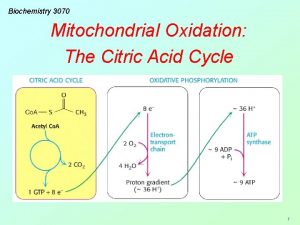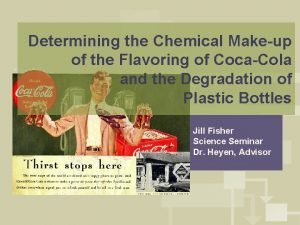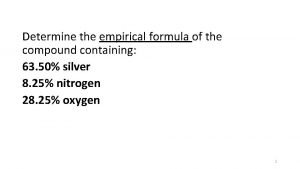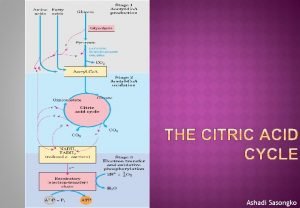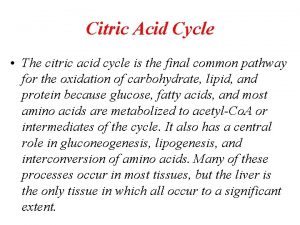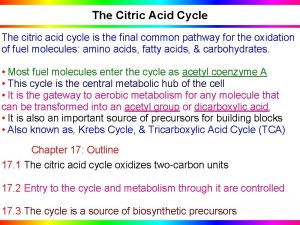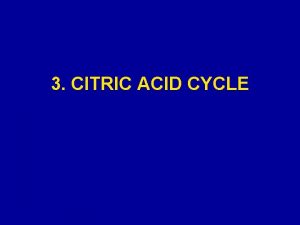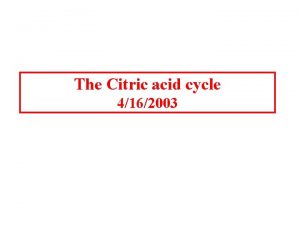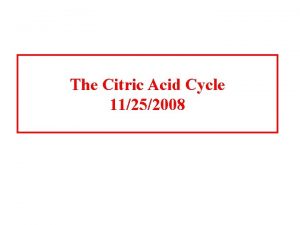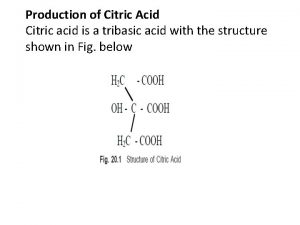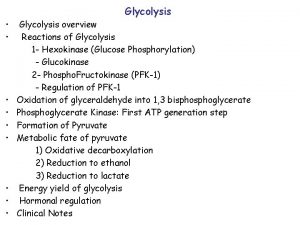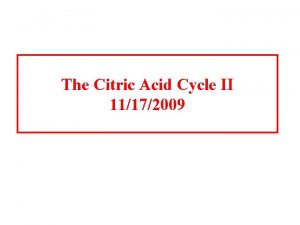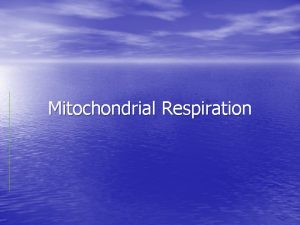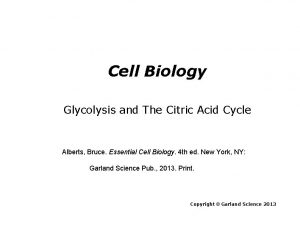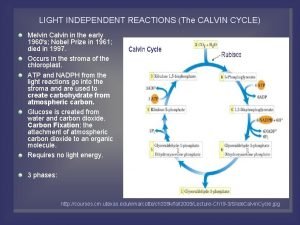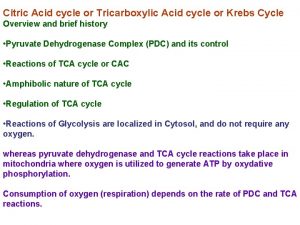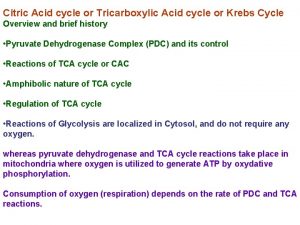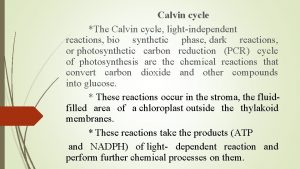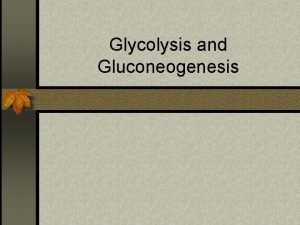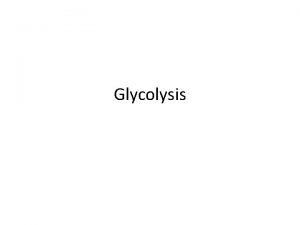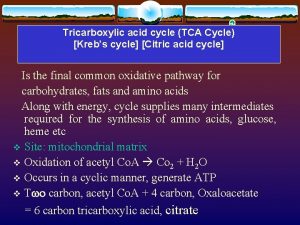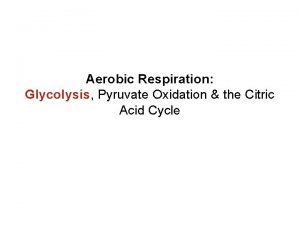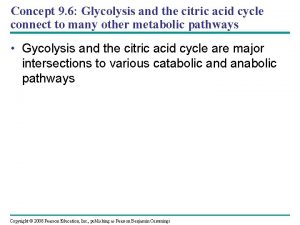Glycolysis Light Reactions Calvin Cycle Citric Acid Cycle



























- Slides: 27


Glycolysis Light Reactions Calvin Cycle Citric Acid Cycle ETC and Chemiosmosis 10 10 10 20 20 20 30 30 30 40 40 40 50 50 50

Glycolysis – 10 Points QUESTION: • What is the net production of ATP molecules from two molecules of glucose undergoing glycolysis? ANSWER: • 4

Glycolysis – 20 Points QUESTION: • What energy carrying molecule is produced during glycolysis? ANSWER: • NADH

Glycolysis– 30 Points QUESTION: • True or False – glycolysis can occur in the absence of oxygen ANSWER: • True

Glycolysis – 40 Points QUESTION: • In glycolysis, glucose must first be activated. Which of the following does this require ANSWER: • Two molecules of ATP

Glycolysis – 50 Points QUESTION: • In glycolysis, glucose is broken down into ANSWER: • 2 Pyruvate

Light Reactions – 10 Points QUESTION: • This term is used to describe the group of pigments that gather and transfer light energy ANSWER: • Antenna Complex

Light Reactions – 20 Points QUESTION: • This photosystem was discovered first even though it occurs at a later step in the light reactions ANSWER: • Photosystem I

Light Reactions – 30 Points QUESTION: • This molecule supplies the electrons needed for the light reactions ANSWER: • Water

Light Reactions – 40 Points QUESTION: • True or False – Both Photosystem I and II contains Chlorophyll B ANSWER: • False – only A

Light Reactions – 50 Points QUESTION: • What is the term for an individual flattened membranebound sac in the chloroplast? ANSWER: • thylakoid

Calvin Cycle – 10 Points QUESTION: • When does the process of incorporating the carbon of carbon dioxide into carbohydrates occur? ANSWER: • During the Calvin cycle, but more specifically carbon fixation (first phase of the Calvin cycle)

Calvin Cycle– 20 Points QUESTION: • The oxygen gas given off in photosynthesis comes from ANSWER: • water

Calvin Cycle – 30 Points QUESTION: • What two molecules are needed to power the Calvin Cycle? ANSWER: • ATP and NADPH

Calvin Cycle – 40 Points QUESTION: • What are three stages of the Calvin Cycle? ANSWER: • Carbon Fixation, Reduction, Regeneration

Calvin Cycle – 50 Points QUESTION: • How many times must the Calvin Cycle occur to produce 5 molecules of Glucose? ANSWER: • 30

Citric Acid Cycle – 10 Points QUESTION: • What are the two types of energy carrier molecules produced by the citric acid cycle? ANSWER: • NADH and FADH 2

Citric Acid Cycle – 20 Points QUESTION: • How many ATP are produced by the Citric Acid Cycle per molecule of Glucose? ANSWER: • 2

Citric Acid Cycle – 30 Points QUESTION: • What is the name of the intermediate molecule that is used to make ATP during the Citric Acid Cycle? ANSWER: • GTP (Guanosine Triphosphate)

Citric Acid Cycle – 40 Points QUESTION: • Where does the Citric Acid Cycle take place ANSWER: • In the Matrix

Citric Acid Cycle – 50 Points QUESTION: • How many ATP are made per molecule of NADH and FADH 2? ANSWER: • 3 and 2 respectively

ETC and Chemiosmosis – 10 Points QUESTION: • These 4 molecules help transfer electrons and pump protons across the membrane. ANSWER: • Complexe 1 and Complex 2 • Ubiquinone • Cytochrome C

ETC and Chemiosmosis – 20 Points QUESTION: • What drives the phosphorylation of ATP during chemiosmosis? ANSWER: • Concentration Gradient of Protons

ETC and Chemiosmosis – 30 Points QUESTION: • How many ATP are generated from Chemiosmosis per 1 molecule of glucose? ANSWER: • 34

ETC and Chemiosmosis – 40 Points QUESTION: • This molecule ensures that the ETC continues to transfer electrons ANSWER: • Oxygen

ETC and Chemiosmosis – 50 Points QUESTION: • List the function of Cytochrome C ANSWER: • Transport electrons from Complex III to Complex IV
 Calvin cycle
Calvin cycle Types of organisms
Types of organisms How is citric acid cycle regulated
How is citric acid cycle regulated Citric acid cycle overall reaction
Citric acid cycle overall reaction Inputs of krebs cycle
Inputs of krebs cycle Net equation for citric acid cycle
Net equation for citric acid cycle Tca cycle meaning
Tca cycle meaning Where does the citric acid cycle occur
Where does the citric acid cycle occur Transamination vs deamination
Transamination vs deamination Net products of citric acid cycle
Net products of citric acid cycle Citric acid cycle overall reaction
Citric acid cycle overall reaction Definition of citric acid cycle
Definition of citric acid cycle Citric acid cycle
Citric acid cycle Citric acid cycle
Citric acid cycle Tca cycle and etc
Tca cycle and etc Reactants for atp
Reactants for atp Photosynthesis citric acid cycle
Photosynthesis citric acid cycle Citric acid cycle and electron transport chain
Citric acid cycle and electron transport chain Photosynthesis citric acid cycle
Photosynthesis citric acid cycle Malate aspartate shuttle
Malate aspartate shuttle Oxidation of citric acid
Oxidation of citric acid Functional groups in citric acid
Functional groups in citric acid Purification of citric acid
Purification of citric acid Oxidation of citric acid
Oxidation of citric acid Greenhouse lab
Greenhouse lab Diborane empirical formula
Diborane empirical formula Citric acid
Citric acid Sixer toffee
Sixer toffee
